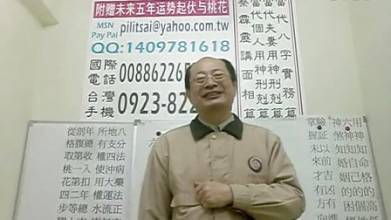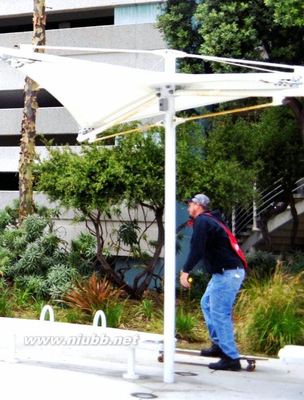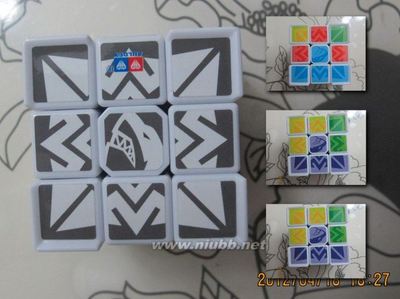赛博格(英文:cyborg)即是机械化有机体,是以无机物所构成的机器作为身体的一部份有机体(包括人与其它动物在内)。通常这样做的目的是借由人工科技来增加或强化生物体的能力。俗称有机械化人、改造人、生化人等。
A cyborg (short for "cybernetic organism") is a being with bothorganic and biomechatronic parts. See for example biomaterials,bionics, and biomechatronics. The term was coined in 1960 byManfred Clynes and Nathan S. Kline.D. S. Halacy's Cyborg: Evolutionof the Superman in 1965 featured an introduction which spoke of a"new frontier" that was "not merely space, but more profoundly therelationship between 'inner space' to 'outer space' – abridge...between mind and matter."
英文“Cyborg”是“cybernetic organism”的结合,实际上表示了任何混合了有机体与电子机器的生物。
这个名词的普及化是由于曼菲德·E·克莱恩斯(Manfred E. Clynes)与内森·S·克莱恩(Nathan S.Kline)在1960年使用来称呼他们想像中的一种人类,这些人类经过强化之后能够在地球以外的环境中生存。之所以会提出这种概念,是出自于他们觉得当人类开始进行航天的新领域时,某种人类与机械之间的亲密关系将成为必要。作为一个生理仪器(physiologicalinstrumentation)与电子资料处理系统(electronic data-processingsystem)的设计师,克莱恩斯是纽约罗克兰州立医院(Rockland State Hospital)动态模拟研究室(DynamicSimulation Laboratory)的首席研究科学家。

The term cyborg is often applied to an organism that hasrestored function or enhanced abilities due to the integration ofsome artificial component or technology that relies on some sort offeedback. While cyborgs are commonly thought of as mammals, theymight also conceivably be any kind of organism and the term"Cybernetic organism" has been applied to networks, such as roadsystems, corporations and governments, which have been classed assuch. The term can also apply to micro-organisms which are modifiedto perform at higher levels than their unmodified counterparts. Itis hypothesized that cyborg technology will form a part of thefuture human evolution.
根据这个词的某些定义来看,人类对即使是最基础的科技所带有的那种思维与物质方面的依赖,早已经让我们都变成改造人了。在一个普通案例里,一个配带有心律调整器的人可能会被认为是改造人,因为他/她如果失去了那个机械的部份就无法生存下去。而在一个比较极端的案例里,衣物就可以被视为是一种机械化的皮肤;我们借由建构出一些原本在那些环境中不存在的事物,让我们能够在差异极大的各种环境中生存下去。便条簿可以被视为一种基础的记忆补充物。而火的控制以及农业也可以被视为是一种为了符合我们的消化过程而进行的改良,这让两者间的分界更糢糊了。不过大部分的定义都只考虑那些在工业革命之后才可能出现的科技,尤其是存在于人体之内的。
因为其定义可能包括了某些使用了生物组织和基因的仿生人和生物电脑,所以在定义上有争论的余地,最明显就是未来战士中,T系列既有部分被认为是改造人,另一部分是完全机械的仿生人,可是在故事世界都一律被视为机器人。反之在攻壳机动队中,有很多完全义体人只有脑部的有机部分是人类,但不只是坚持自己是人类,而且还要坚持脑部本来的国籍和身分认同,并且在故事中被一般人认可和各国在法律上符合其对本国国民的定义。
In popular culture, some cyborgs may be represented as visiblymechanical (e.g. the Cybermen in the Doctor Who franchise or TheBorg from Star Trek or Darth Vader from Star Wars); or as almostindistinguishable from humans (e.g. the Terminators from theTerminator films, the "Human" Cylons from the re-imagining ofBattlestar Galactica etc.) The 1970s television series The SixMillion Dollar Man featured one of the most famous fictionalcyborgs, referred to as a bionic man; the series was based upon anovel by Martin Caidin titled Cyborg. Cyborgs in fiction often playup a human contempt for over-dependence on technology, particularlywhen used for war, and when used in ways that seem to threaten freewill. Cyborgs are also often portrayed with physical or mentalabilities far exceeding a human counterpart (military forms mayhave inbuilt weapons, among other things).there also is a superheronamed Cyborg (comics) in DC comics.
Cyborgs tissues structured with carbon nanotubes and plant orfungal cells have been used in artificial tissue engineering toproduce new materials for mechanical and electrical uses. The workwas presented by Di Giacomo and Maresca at MRS 2013 Springconference on Apr, 3rd, talk number SS4.04.The cyborg obtained isinexpensive, light and has unique mechanical properties. It canalso be shaped in desired forms. Cells combined with MWCNTsco-precipitated as a specific aggregate of cells and nanotubes thatformed a viscous material. Likewise, dried cells still acted as astable matrix for the MWCNT network. When observed by opticalmicroscopy the material resembled an artificial “tissue” composedof highly packed cells. The effect of cell drying is manifested bytheir “ghost cell” appearance. A rather specific physicalinteraction between MWCNTs and cells was observed by electronmicroscopy suggesting that the cell wall (the most outer part offungal and plant cells) may play a major active role inestablishing a CNTs network and its stabilization. This novelmaterial can be used in a wide range of electronic applicationsfrom heating to sensing and has the potential to open important newavenues to be exploited in electromagnetic shielding for radiofrequency electronics and aerospace technology. In particular usingCandida albicans cells cyborg tissue materials with temperaturesensing properties have been reported.
 爱华网
爱华网



